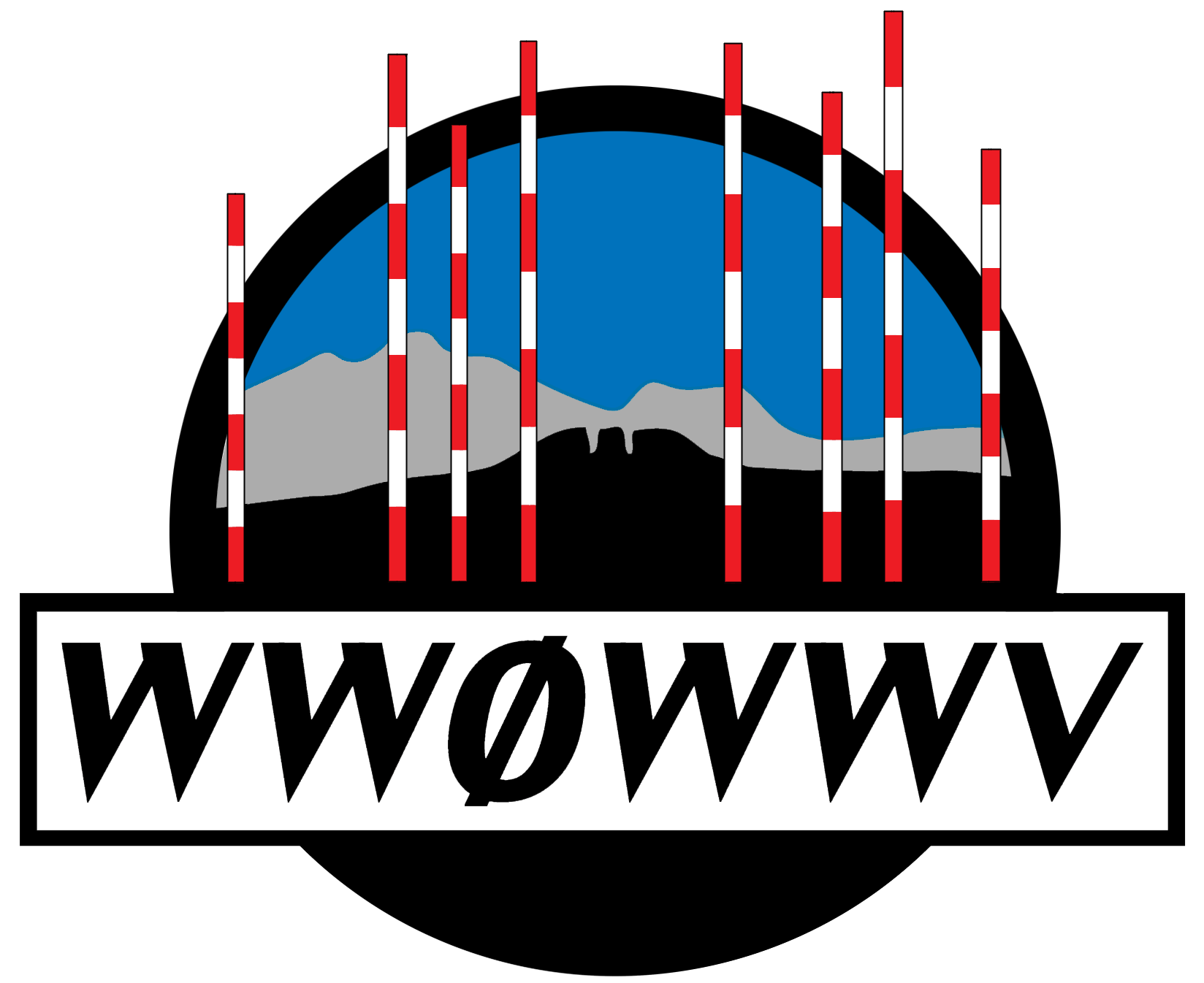last updated November 4, 2021
NIST, the National Institute of Science and Technology, is currently announcing an upcoming broadcast of a special test modulation signal to help with ionospheric research coordinated by HamSCI, the Ham Radio Science Citizen Investigation.
Listen to WWV announcement recorded 0008UTC 11/4/2021 from WWV 10MHz broadcast, receiver IC-7300 13.7km from the station.
The WWV and WWVH on-air announcement reads:
Beginning November 15, 2021, NIST will be broadcasting a test signal on minute 8 of each hour on WWV, and minute 48 on WWVH. This signal has been created to assist in ionospheric research and is a joint effort of the Ham Radio Citizen Science Investigation (Ham Radio Science Citizen Investigation or HamSCI) and NIST. The signal consists of various tones, chirps, and noise bursts. The signal will be broadcast for several weeks. For more information on HamSCI and the WWV/WWVH project, please visit www.hamsci.org/wwv
The announcement started on Monday, November 1, 2021 approximately 2108UTC, and can be heard on WWV on minute 8 and WWVH on minute 48.
NIST has the following statement on a separate webpage reached from the WWV main web page:
NIST is participating in a new project to study the ionosphere and its effects on high frequency (HF) radio propagation. As part of the WWV/WWVH Scientific Modulation Working Group, radio stations WWV and WWVH will each broadcast test signals once per hour that will allow operators using a type of software defined receiver (SDR) to record the signal data at their location and upload it to a central server for analysis.
The test signals will initially consist of several seconds each of Gaussian white noise, chirps varying up and down in frequency, and tones varying in amplitude, frequency and length. This initial test will help characterize transmitting and receiver equipment and configurations and may be useful in determining time of flight measurements of the transmitted signal. The signals will be sent at 8 minutes past each hour on WWV, and 48 minutes past each hour on WWVH.
The project is coordinated by HamSCI, the Ham Radio Citizen Science Investigation and includes representatives from the University of Scranton, Case Western Reserve University, Massachusetts Institute of Technology Haystack Observatory, University of Alabama, New Jersey Institute of Technology, TAPR, the WWV Amateur Radio Club, interested amateur radio operators and others interested in citizen science.
This story will be expanded soon with interviews from NIST and HamSCI participants.
